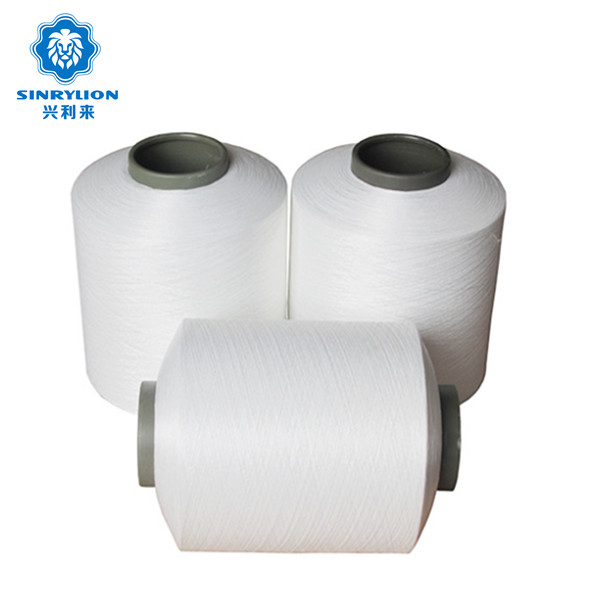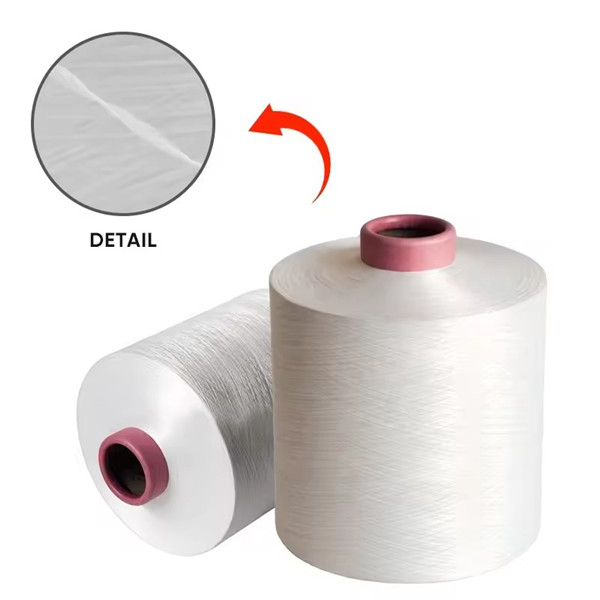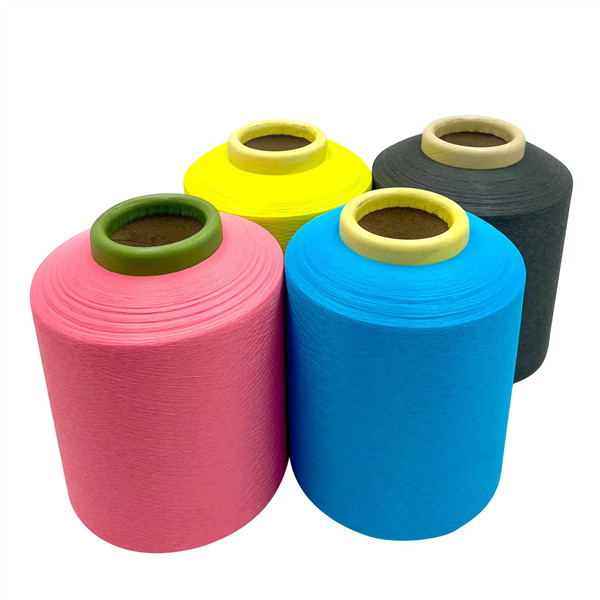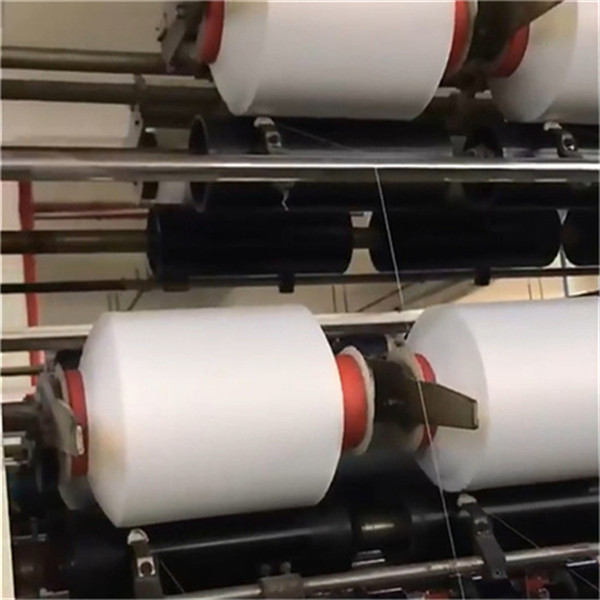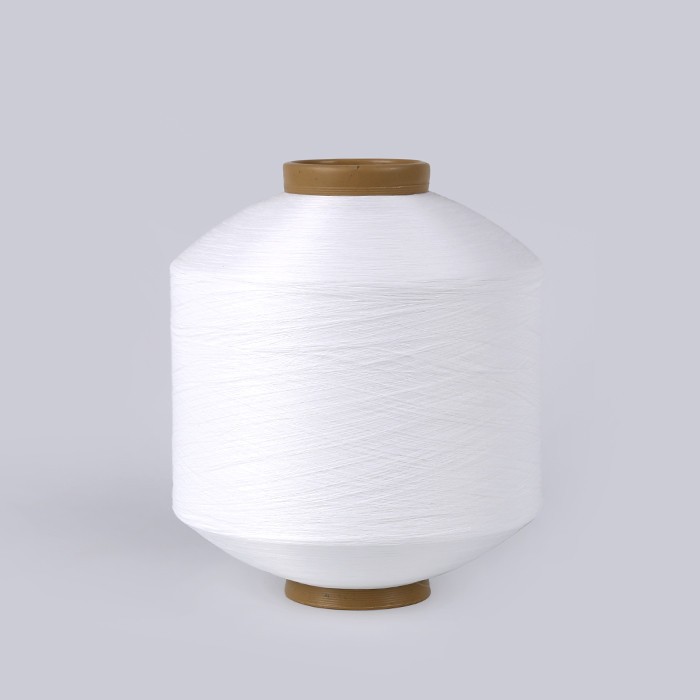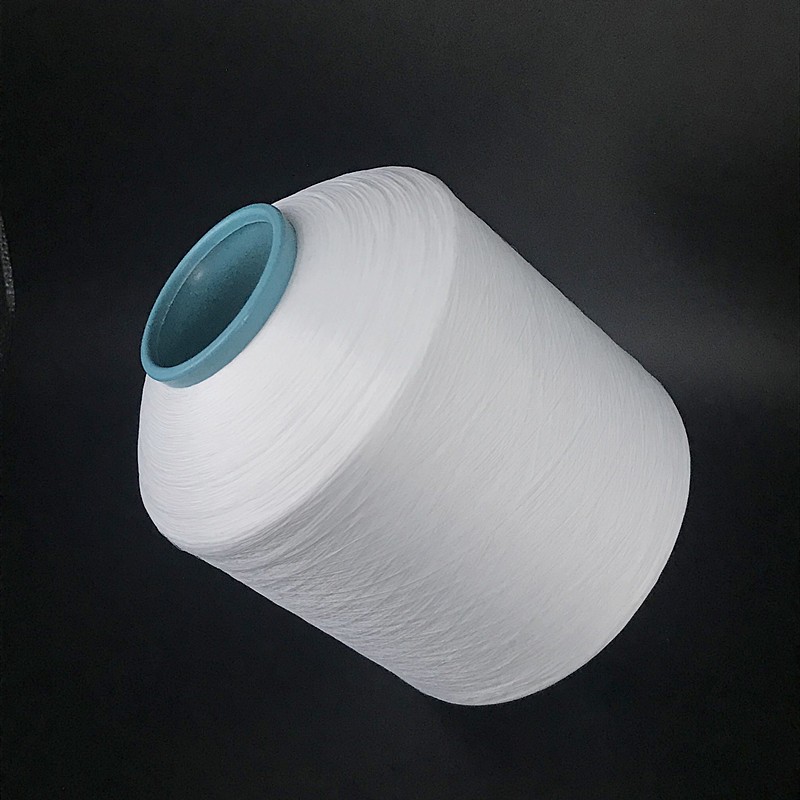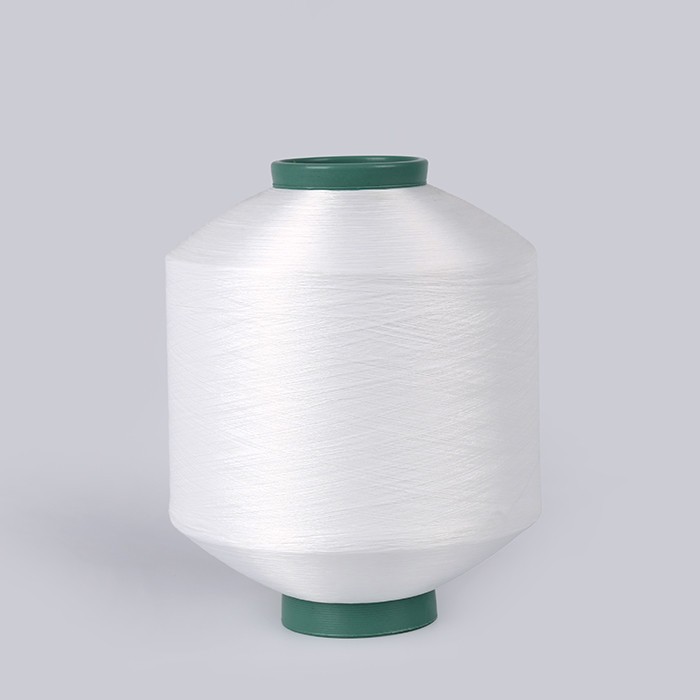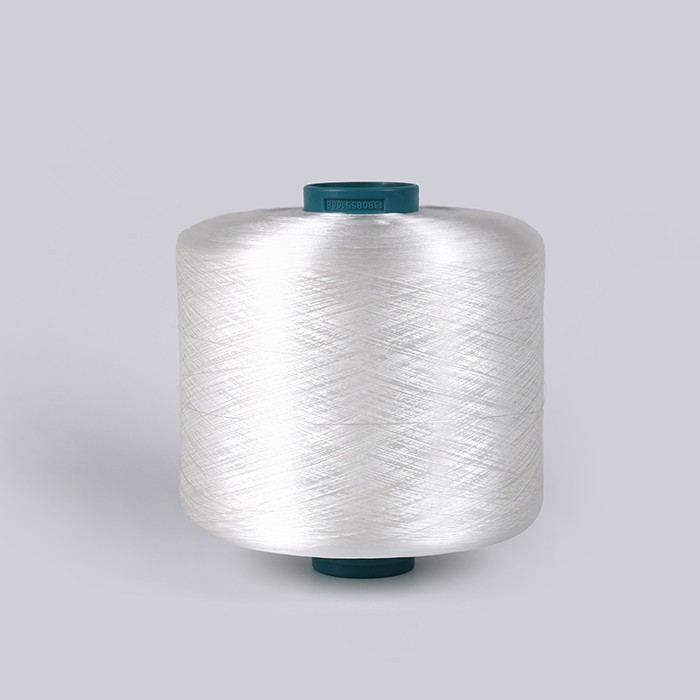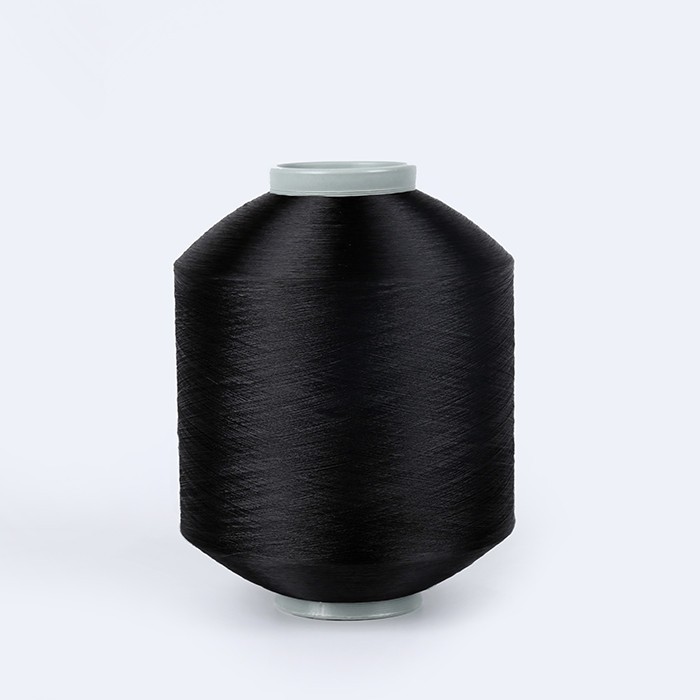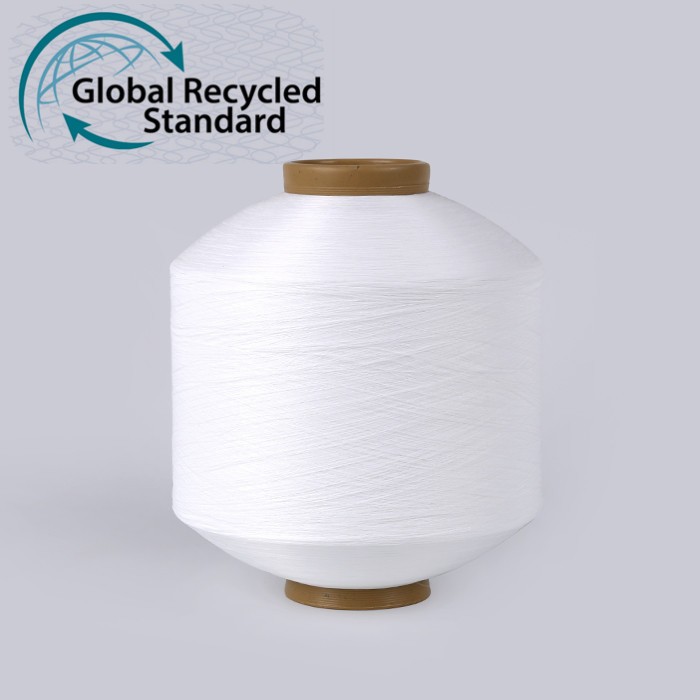 Professional Polyester Textured Yarn and Fancy Fur Yarn Manufacturer
Professional Polyester Textured Yarn and Fancy Fur Yarn Manufacturer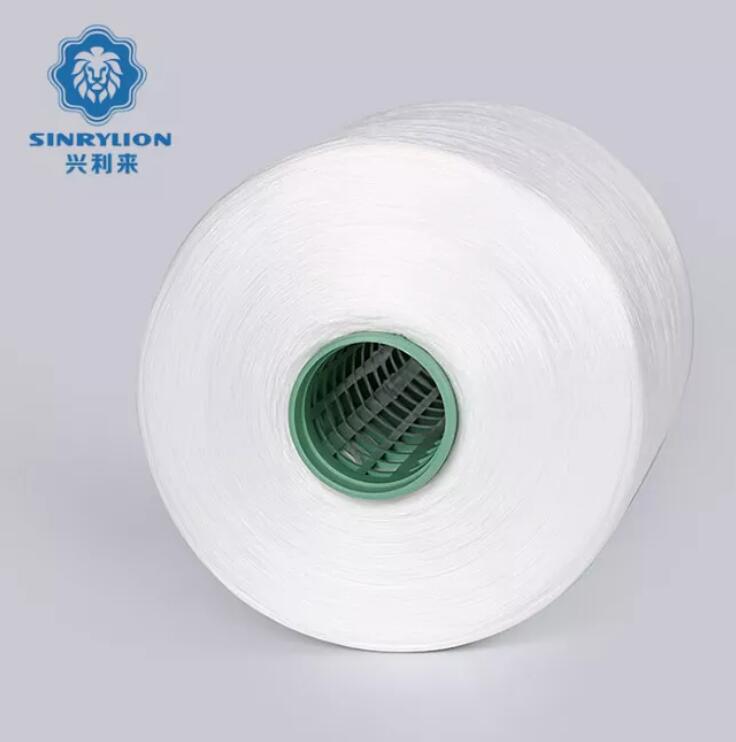 Semi Dull Yarn Manufacturer Polyester Yarn Factory
Semi Dull Yarn Manufacturer Polyester Yarn Factory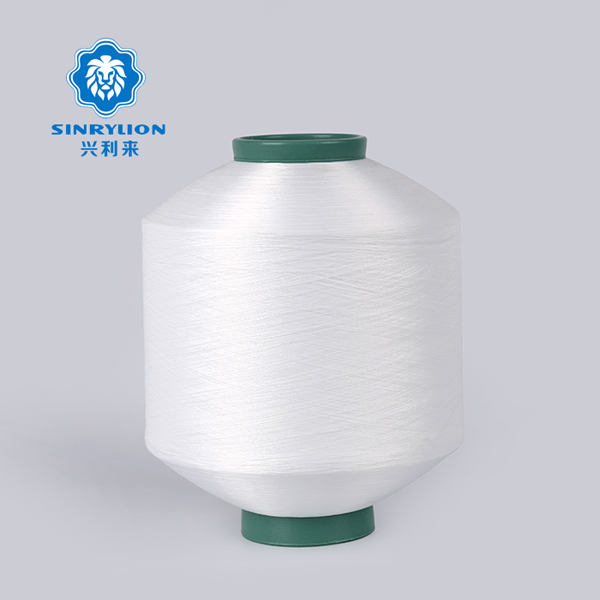 Sinrylion Polyester Twisted Yarn Manufacturer Raw White Supply
Sinrylion Polyester Twisted Yarn Manufacturer Raw White Supply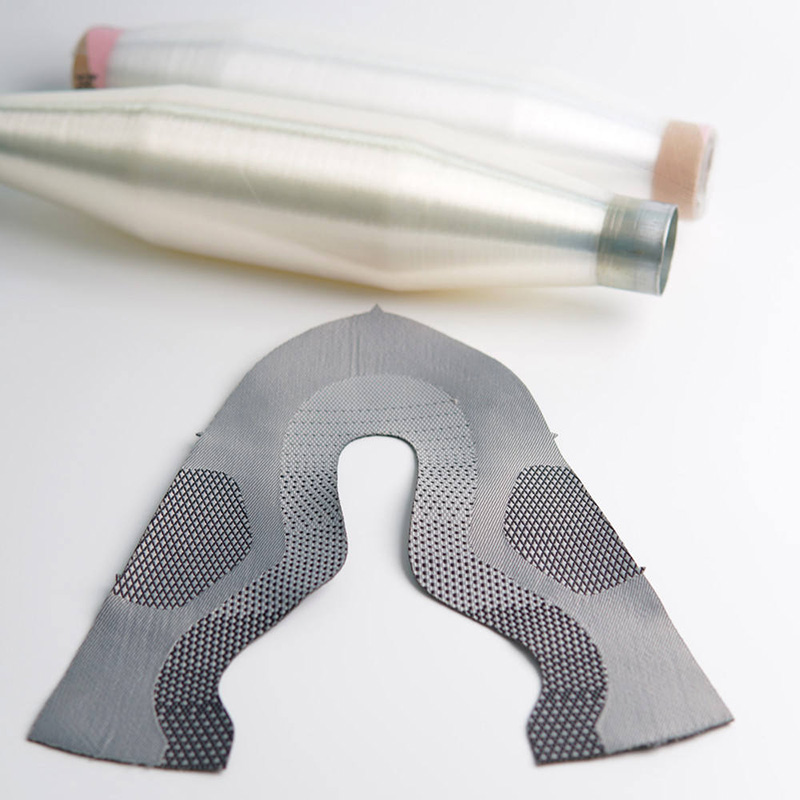 Good Resilience 0.32mm TPU+TPEE Monofilament Yarn
Good Resilience 0.32mm TPU+TPEE Monofilament Yarn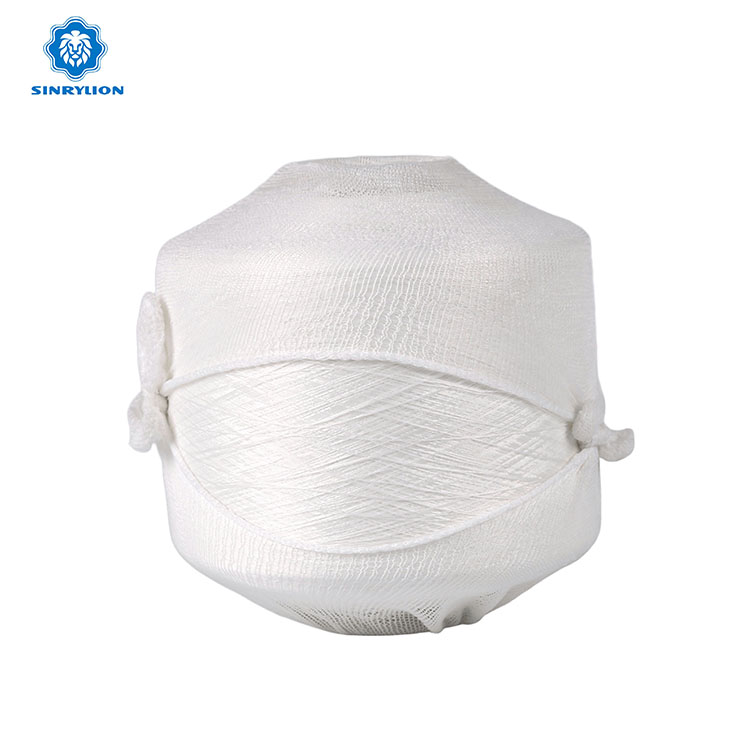 Polyester Raw White DTY Dyeable Tube 150D/120T For Sewing Thread Use
Polyester Raw White DTY Dyeable Tube 150D/120T For Sewing Thread Use- All new products
Raw White 75D 120TPMZ DTY Price Polyester Yarn Manufacturers In Bangladesh
Send Inquiry
Raw White 75D 120TPMZ DTY Price Polyester Yarn Manufacturers In Bangladesh
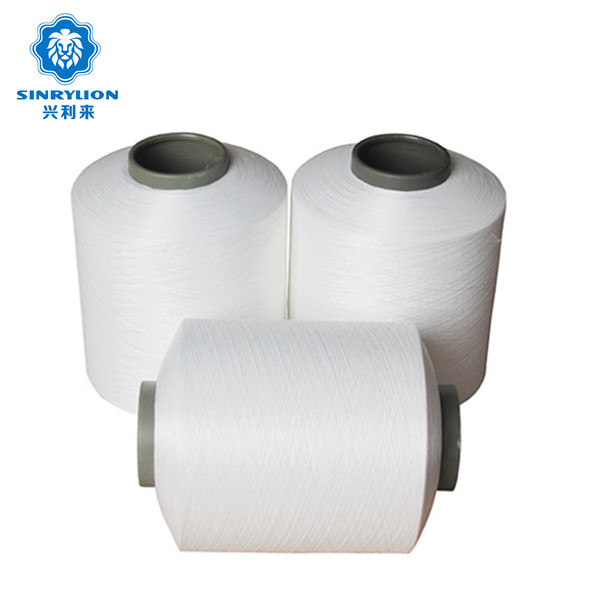
dty yarn price
JINJIANG XINGLILAI YARNS CO., LTD, we are a polyester yarn manufacturers in bangladesh
with many customers. The main cooperation countries are Brazil, Russia, Turkey, Pakistan,
Indonesia, etc. Our company has more than 40 years experience in yarn twisting and warping.
We have more than 400 sets of different machines. Our Products have attained the ISO9001
quality system, got OEKO-TEX Standard 100 and GRS certification. Please contact us to get dty
yarn price, which is used for the production needs of woven label factories and ribbon factories.
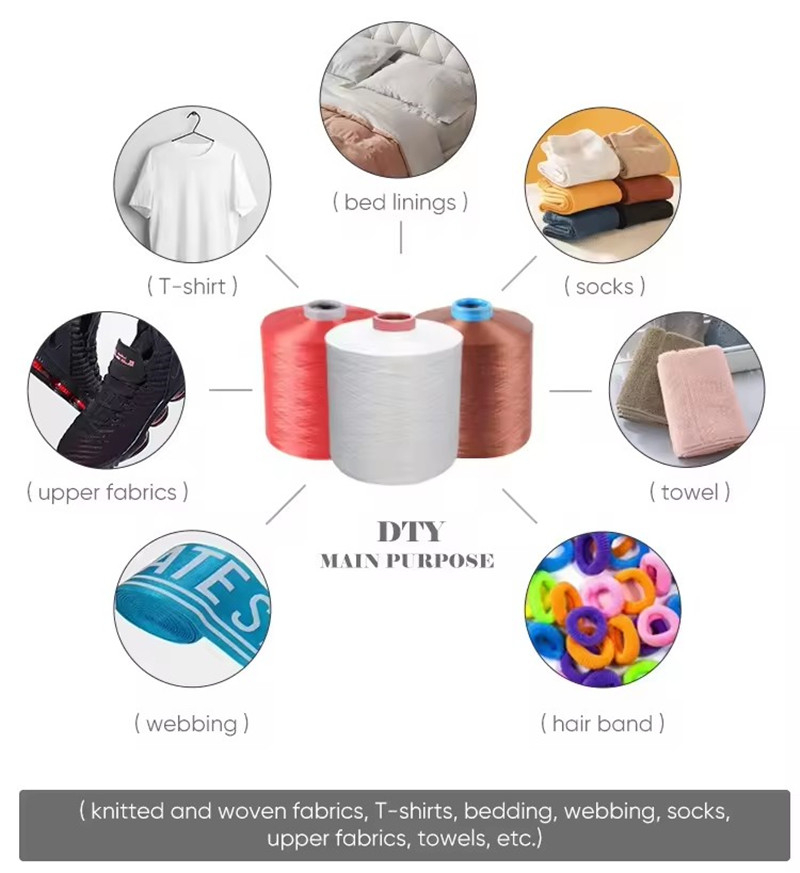


polyester yarn manufacturers in bangladesh

The physical indicators for judging the quality of DTY are as follows:
Physical indicators: strength, elongation
Different types of fibers have different strength ranges. Semi-bright polyester has a strength of
3.5-4.5cN/dtex and an elongation of 12-30%; cationic dyeable polyester generally has a slightly
lower strength of 2.5-3.2cN/dtex and a larger elongation of 20-35%. In post-weaving, different
weaving methods have different requirements for strength and elongation. For example, the weft
knitting machine has lower requirements for DTY strength than the warp knitting machine. The
elongation range of weft DTY is wider, but the elongation of warp cannot be too high.
In the DTY production process, the stretching multiple of the yarn is generally adjusted to control
the strength and elongation of DTY. As the stretching multiple increases, the strength increases and
the elongation decreases, but when the stretching multiple is too large, both the strength and
elongation will decrease.
Crimping performance:
Boiling water shrinkage: The ratio of the length of a fixed-length filament that has shrunk after being
boiled in boiling water for a certain period of time (30 minutes) to its original length is called boiling
water shrinkage, expressed in %. Different varieties have different boiling water shrinkages. Generally,
the boiling water shrinkage of polyester DTY is 3.0-6.0%. Crimping performance includes crimping
rate KE, crimping stability KB and boiling water shrinkage.
With a high crimping rate, DTY has a full feel, beautiful appearance and good elasticity. The crimping
stability indicates the degree of gradual loss of crimping rate during weaving and wearing, which is
inversely proportional to the crimping rate. Therefore, these two indicators must be taken into account
in actual production. DTY with a higher crimping rate can cover up some uneven dyeing, so the crimping
rate is often controlled slightly higher during the production process. However, if DTY is dyed using a
bobbin in post-processing, the high-crimping DTY has a large boiling water shrinkage rate, which makes
it difficult to unwind the bobbin after dyeing. If DTY yarn is skeined or woven into fabric and then dyed,
there is no restriction, and the shrinkage rate can be controlled higher at this time.
The process factors that affect the shrinkage performance include stretch multiple, false twister speed,
texturing machine deformation hot box, setting hot box temperature, etc. In the production process,
the temperature of the texturing machine deformation hot box and the setting hot box is generally
adjusted to adjust the shrinkage performance of DTY.
Network degree
refers to the number of DTY network points in one meter length. According to the number of network
points, DTY can be divided into no network, micro network, light network, heavy network, etc.; the
requirements for network points in the post-weaving process, circular machine weaving does not have
high requirements for network points, and basically any network can be woven, but different networks
affect the feel of the cloth and the weaving cost. The warp yarn of the weaving machine requires more
network points, which is conducive to weaving; the network points of the weft yarn can be lighter.
In actual production, different networks will affect the style of the fabric.
Oil content
Refers to the content of oil on the yarn. When the oil content of DTY is low, the yarn is prone to pilling
and breaking during the weaving process of downstream manufacturers, and the tension in the weaving
process fluctuates, and the fabric surface is prone to stripe defects, affecting production efficiency.
When the oil content of DTY is high, it may cause color difference in the appearance of the finished DTY
product. In addition, the uneven oil content of DTY also restricts the production of fixed-weight DTY.
In actual production, the oil content of DTY is generally around 2.5%. In the production process, the oil
content is generally adjusted by adjusting the speed of the oil tanker that adds the elastic.
 English
English 한국어
한국어 বাংলা ভাষার
বাংলা ভাষার हिन्दी
हिन्दी Türkçe
Türkçe русский
русский

